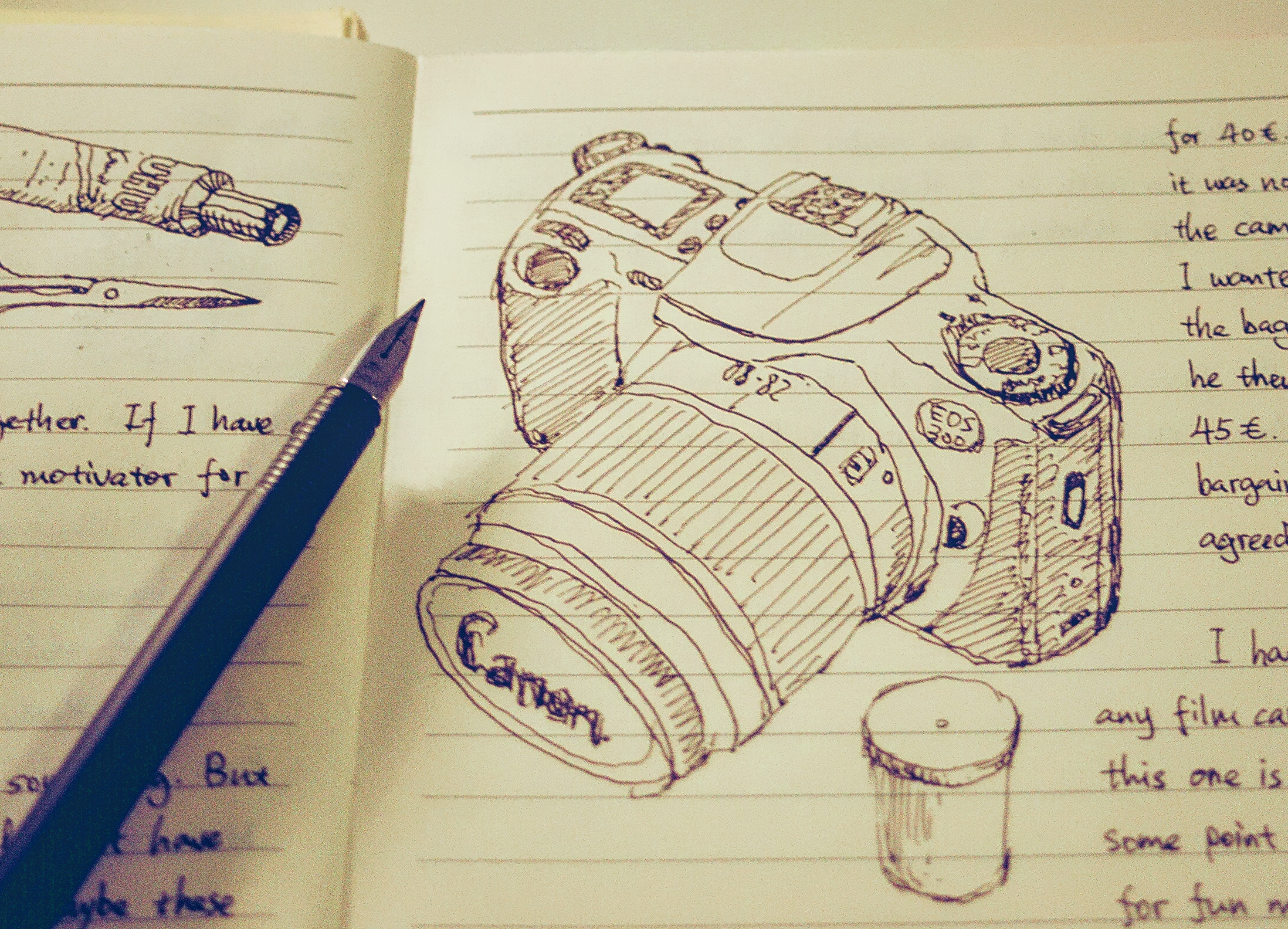I bought a second-handed film camera several days ago.
Today, I finally finished the first roll of film, so that I could know whether the camera is working properly or not. I sent the film to the lab without delay. Within 2 hours, they have already finished with development. From the result, I can only say it works much better than I expected.
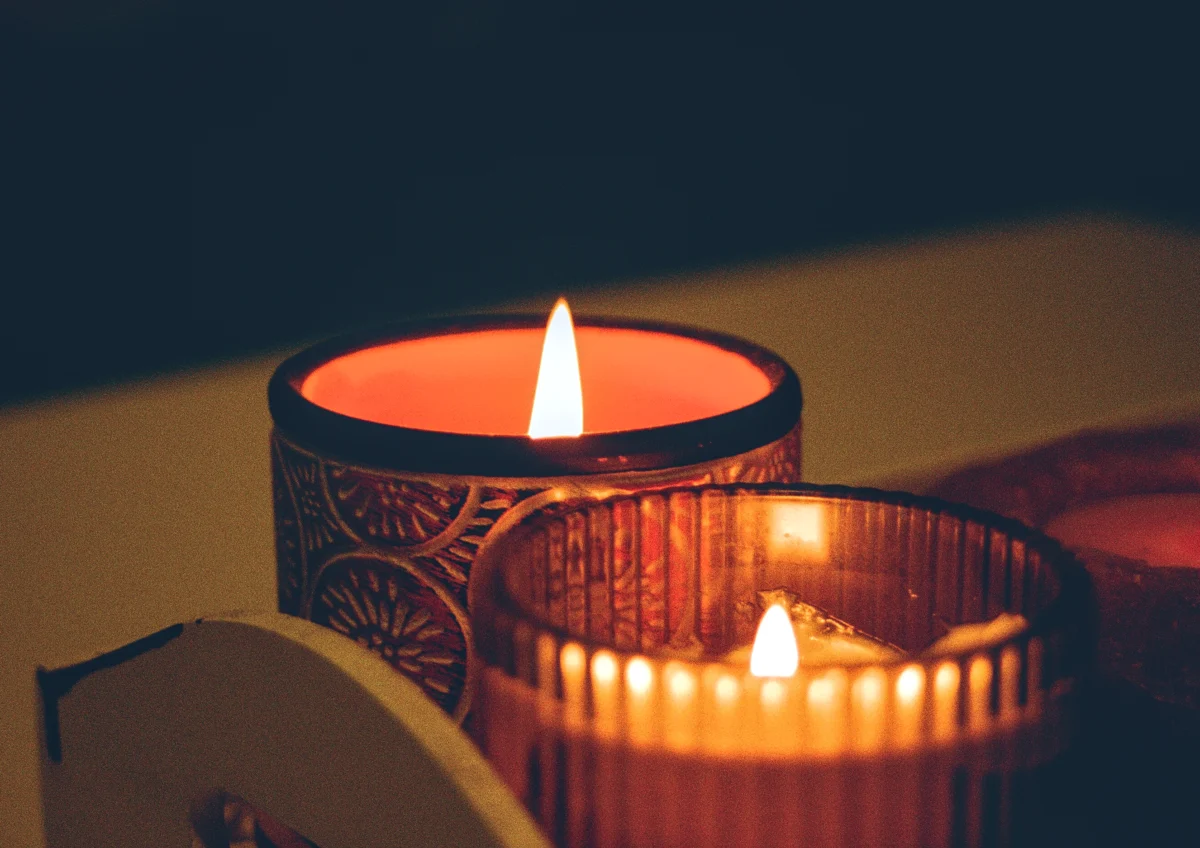
The camera is a Canon EOS 300. It cost me 43 Euros — 40 Euros for the camera itself, and 3 Euros for the camera bag. It was a half impulse purchase, which I have to admit. A half impulse purchase, because I found it in a flea market; a half non-impulse purchase, because I had already played with the idea of having a film camera for a long time.
The guy at the flea market didn’t seem to be the owner of the camera. He is maybe in his 40s. When I asked which model this camera is, he picked up the camera and looked around, finally he found the printing on the camera, and then he read, “it is a… Canon E…O…S… 300”. I didn’t think he would know anything more about this camera, so I didn’t ask either. He asked for 45 Euros at the beginning, but with some minimum bargaining, we both agreed with 43 Euros. I personally think it was a good deal.
After I got the camera, the first thing in my mind was how I was able to test it. I bought a roll of FujiFilm Color 200 and 4 CR2 batteries from Amazon, it costs around 20 Euros in total. I chose FujiFilm Color 200, because it is cheap. I don’t want to waste 2 or even 3 times the price to buy something like Kodak Portra 400, although I heard some good words about it. I just don’t want to spend too much money before I even know whether the camera works properly.
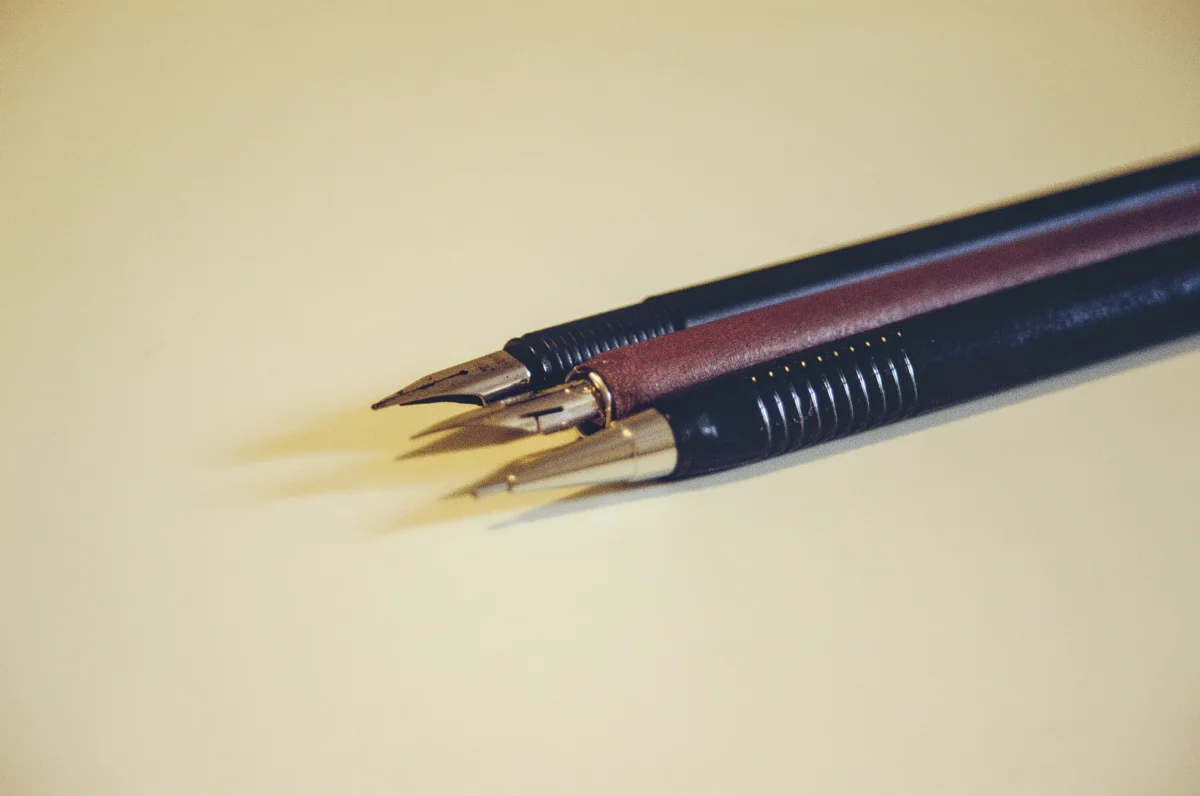
I have barely touched any film camera before, except having ruined almost the whole roll of film with my fathers point-and-shoot film camera at age 8. So I did quite a lot of research on how to shoot films for several nights in a row. However, when I have really started with it, it is actually much easier than I thought. Thanks to the built-in light meter, and auto-focus on the lens, it is actually very hard to get a completely wasted shot. The 28mm – 80mm stock lens was also quite comfortable for my style, although I think a 24mm – 105mm zoom lens would be better, because sometimes I do need a little bit more zooming to separate the object from the environment.
With all that being said, I was still being very careful about each and every shot. The film roll costs around 10 Euros, and to develop them costs another 15 Euros. On average, each time I press the shutter, (10 + 15) / 36 * 100 = 0.7 Euro is going down the drain. While using a digital camera, I tend to shoot 100 photos and delete 99 of them afterwards, or sometimes even all 100 of them. That’s also the reason why I have piled up more than 1000 photos after the road trip to England, and till now, after almost 2 months, I’m not yet finished with selecting the photos.
With a film camera, the photo selecting process doesn’t happen afterwards, but rather happen before one presses the shutter button. This has forced me to think carefully and think ahead, which has helped to increase the good frame rate dramatically.
From 36 frames in total, I selected 17 photos, which means I’m satisfied with slightly less than 50% of the photos. Here I posted 12 of them, which is still 33% of the total frames. With a DSLR, I would be very happy if this number could hit 20%. Most importantly, among the 36 frames, a lot of them are purely shot for testing reasons. I made a few mistakes too. Most of the mistakes were due to lack of experience, like I didn’t expect the contrast was so dramatic, thus on several frames, it is either completely white, or muddy black. The other mistakes were totally because of my carelessness, e.g. I forgot to check the light meter, making 2 frames completely over exposed or under exposed. I believe, With more experience and more carefulness, I could easily increase the good frame rate even higher.
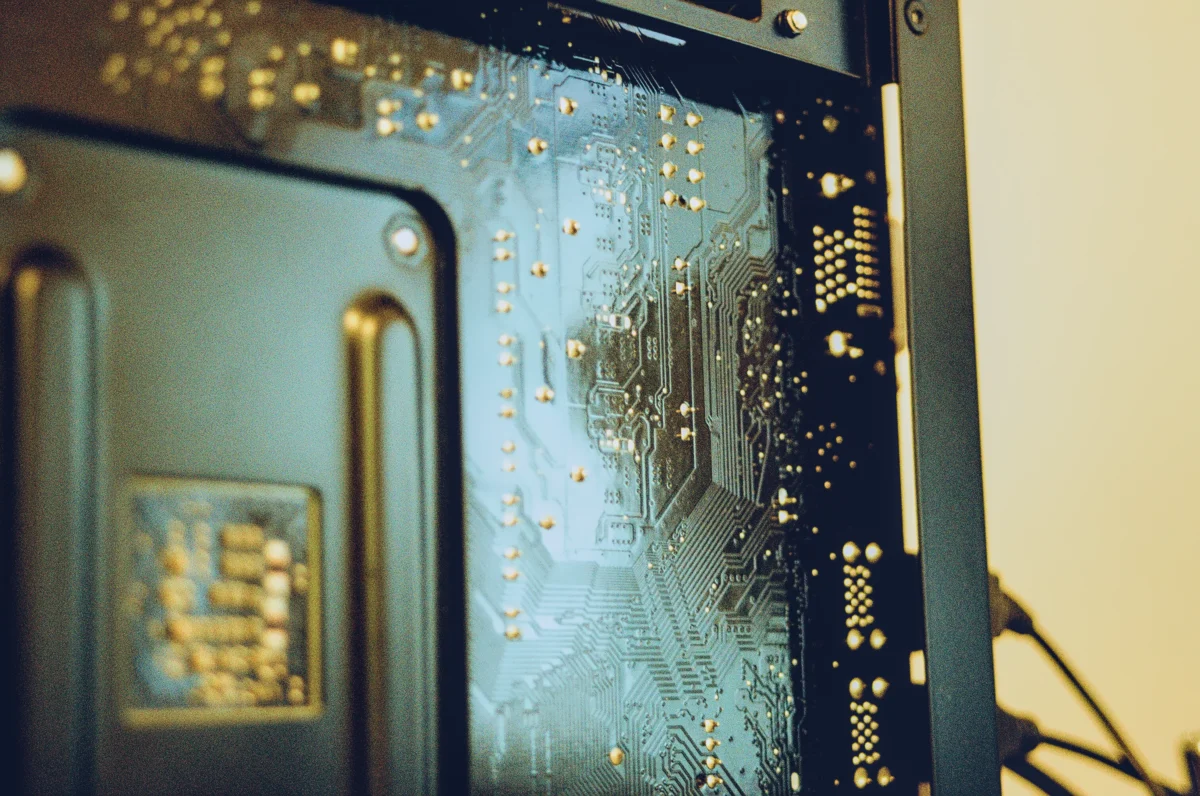
However, my learning wasn’t limited to how to shoot photos carefully so that I waste less frames. There is something much deeper than that. Before I even decided to shoot films, I watched videos where the professional photographers were talking about how shooting films had completely changed their view of photography. After having shot films myself, I can relate to almost all of their thoughts.
In the videos, most of the photographers were talking about the attachment to the scene in front of the lens. With a digital camera, the cost per frame is close to nothing, we tend to fall into an “brainless shooting mode”. Too many factors which actually should be controlled by careful observations, thoughts and the feeling of the scene have been replaced by thousands of careless attempts, and the good photo doesn’t rely on the connection to the scene but rather the selection and post-processing afterwards off the scene at home. But with film, since everyone knows the consequence of wasting frames, we tend to observe more, think more and feel more, so that each frame contains a unique vibe that only belongs to the scene itself.
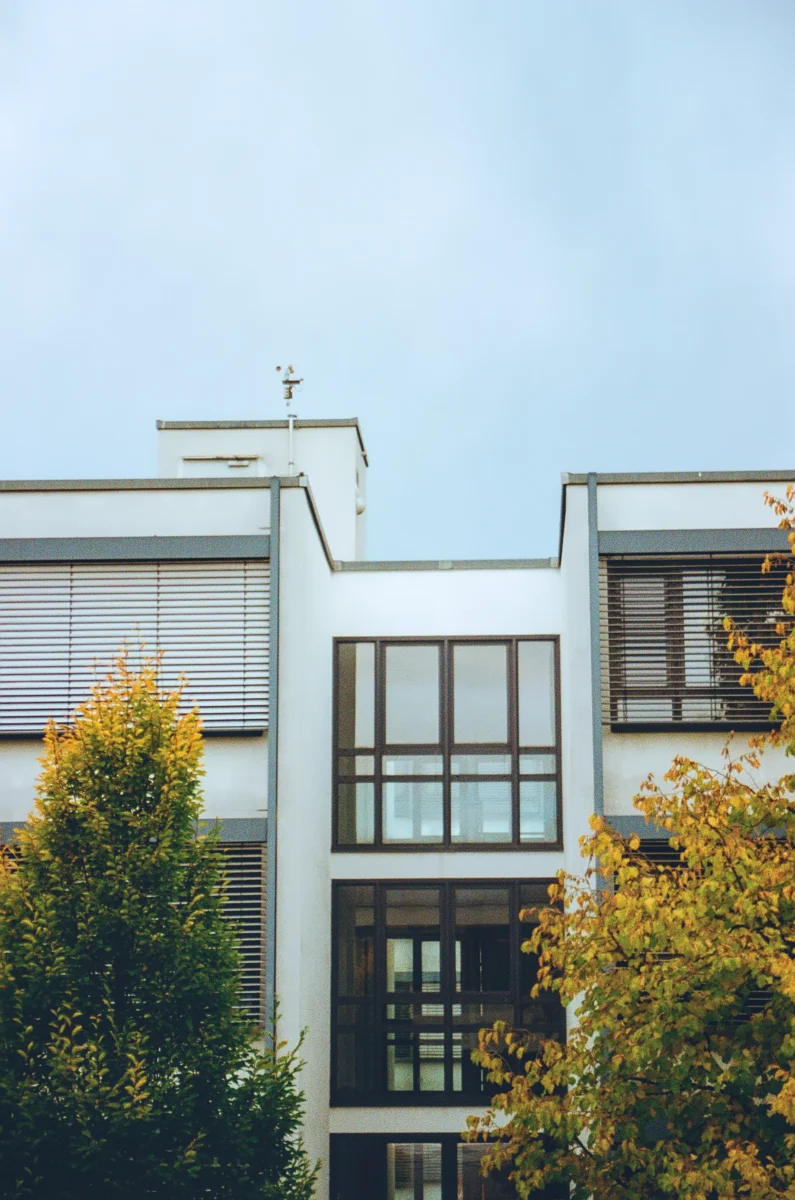
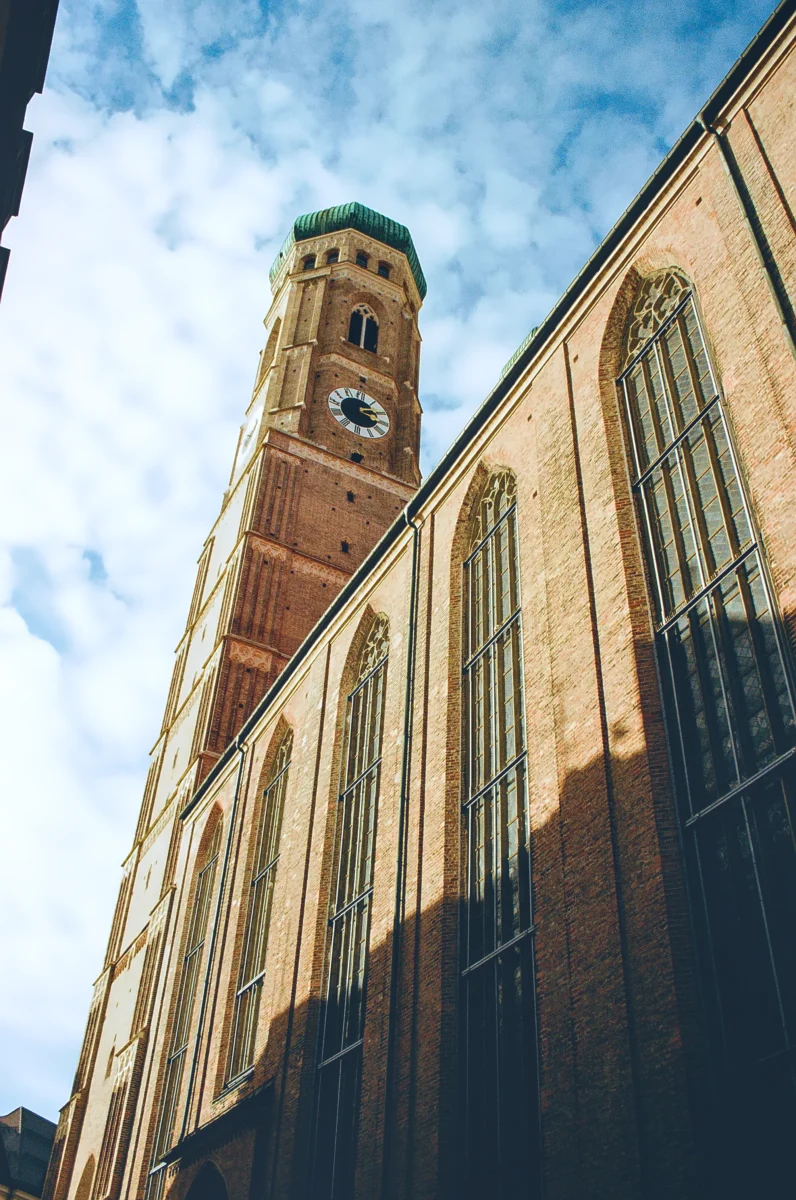
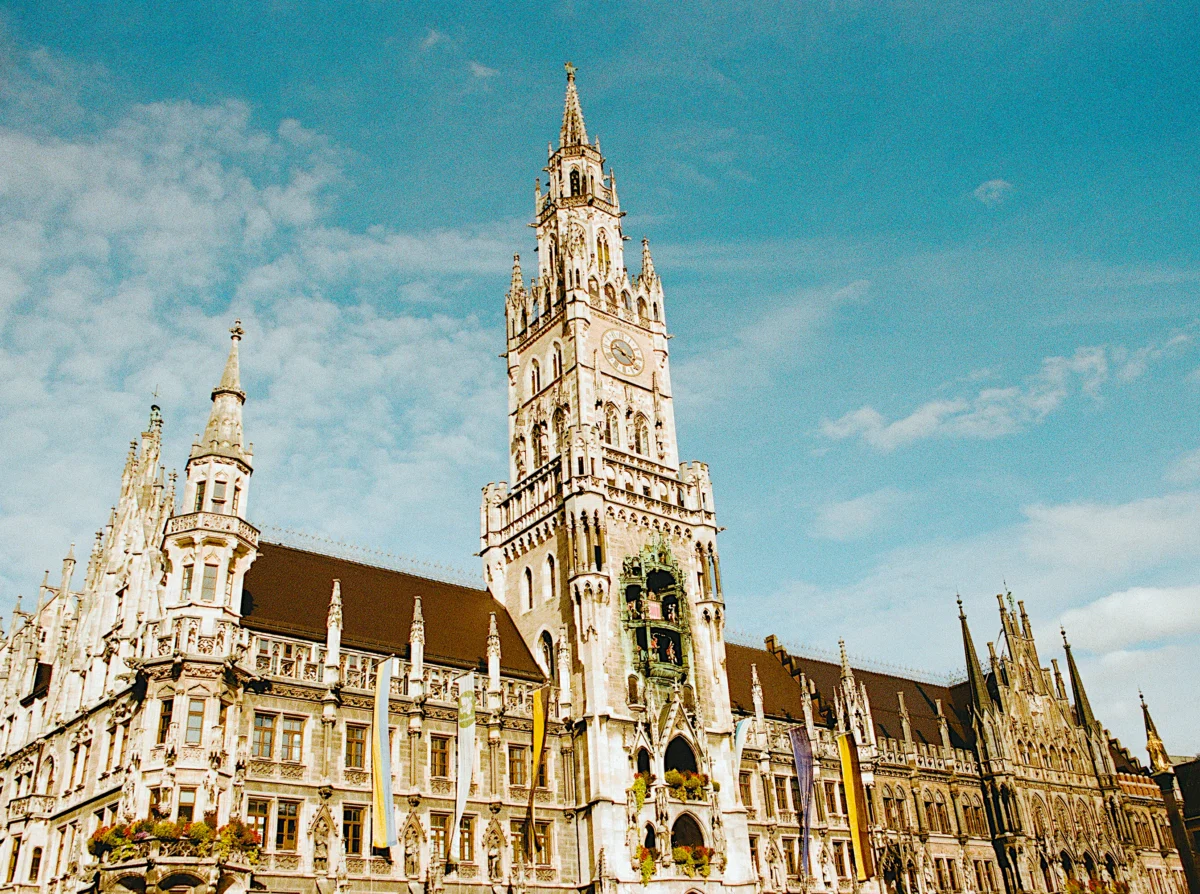
Chris Harvey, one of my favourite photography YouTubers, has pointed out another interesting fact. If we shoot films, while doing the post-processing, we usually have a very different mood compared to the time when the photos are being shot. This is due to the reason that we can’t see the result until we finish the whole roll of film and the film has been developed. This is a perfect cool down time to give us a more neutral look of the photos.
With a digital camera, we usually know immediately how the result is after we have shot it, so we always have a preference of which frames are better than the other, and because of this, we automatically start to think about the post-processing and so on. These thoughts will be carried to the post-processing phase, making us biased by the thoughts in our head, and ignoring the beauty in the other frames.
At the beginning, I thought this opinion is completely the opposite of the other one, because it sounds like we should not possess the “attachment with the scene” thought, but rather should “forget about the scene”, and then one can discover the hidden beauty. However, after I really put myself onto the field, I noticed that they are actually not conflicting with each other at all.
The mood that we have from the instant feedback of a digital camera is actually not equal to the emotion that we have had with the scene, for the fact that the mood from the feedback is the feeling about the photo, and the mood from the scene is about the scene itself. The urge of treating each frame as carefully as one can by immersing oneself in the scene deeply before shooting, is not conflicting with the mental state, to forget about the photos that we have just taken and starting from zero while post-processing them. Both of them urges a practice of focusing on the hereness and the nowness at the time point when we press the shutter, instead of either ignoring them completely, or too deeply focused on the result instead of process.
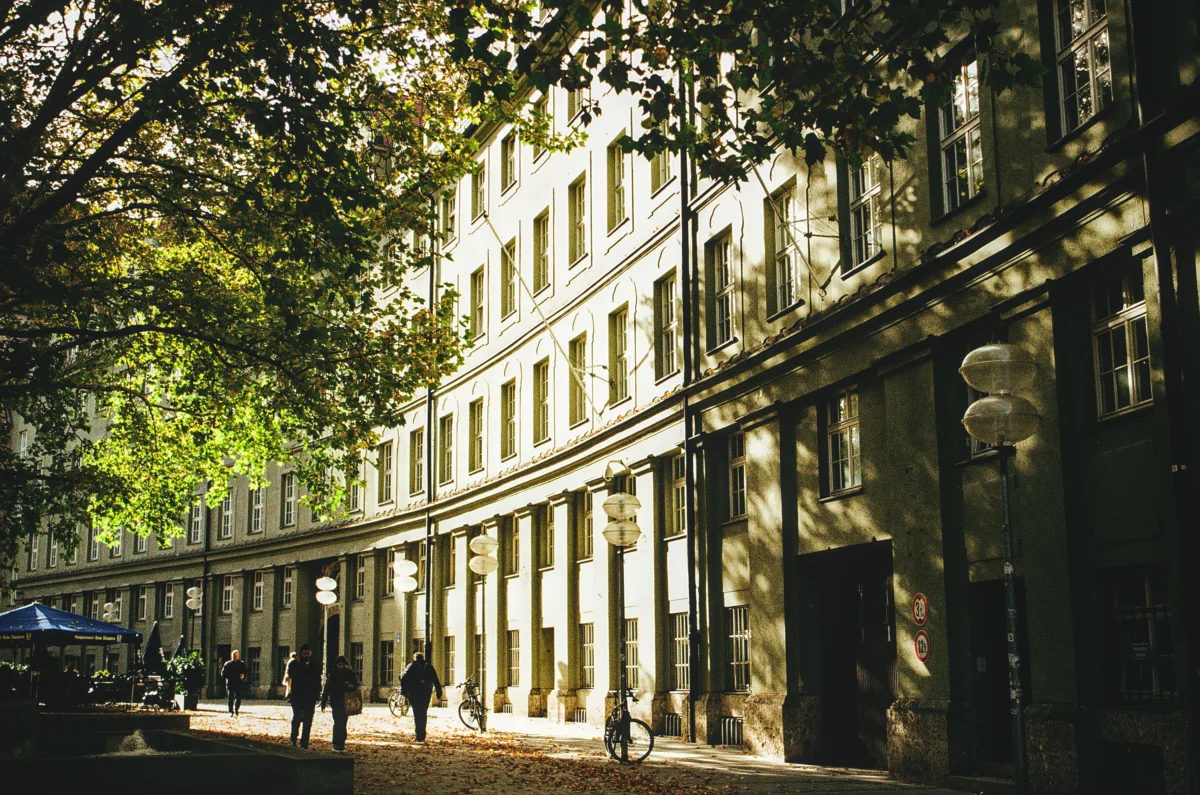
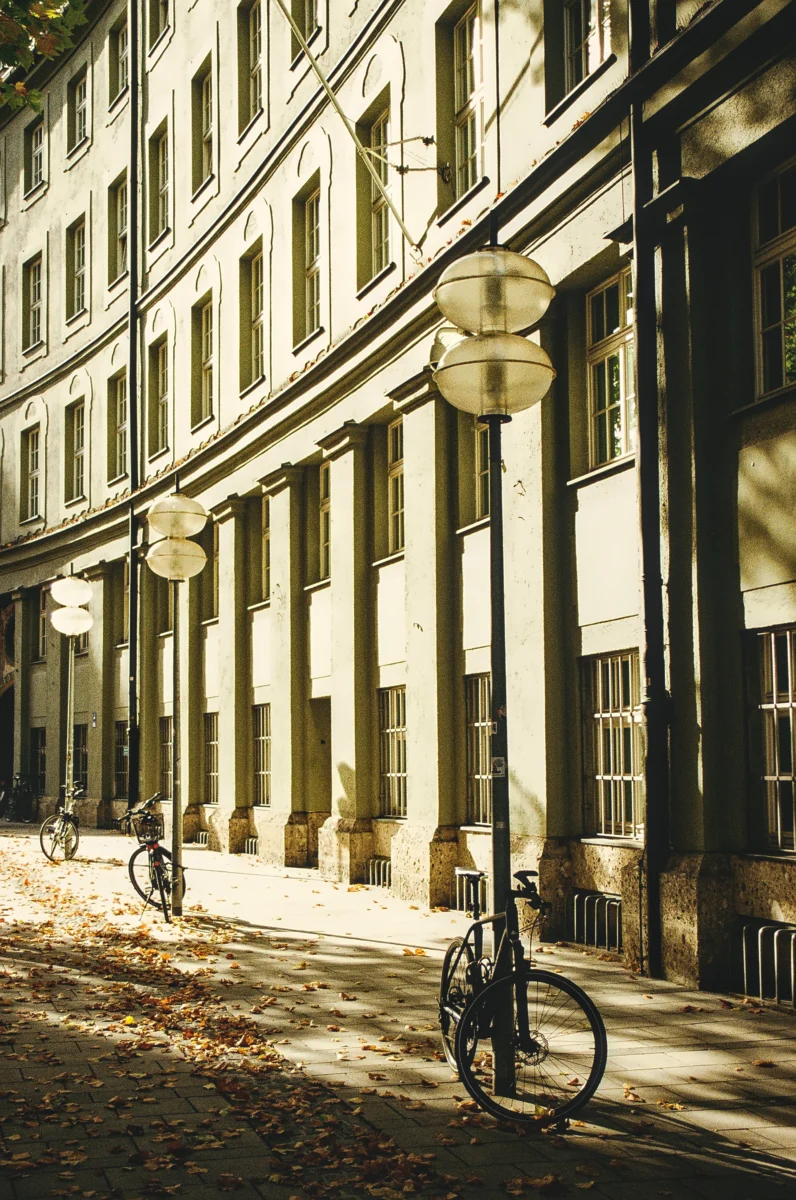

Of course there is also the nostalgic feeling coming from shooting films. Simply by hearing the sound of how the electric motor is winding the film, I get a throw back into that 8-years-old me. That was the time when I was curious about the whole world and wanted to try everything out. Moreover, the scratches on the camera are revealing a completely different secret while creating more mysteries. Who was the previous owner actually? What had he used this camera for? How many photos did he take? Was he satisfied with it? These mysteries encourage me to take more photos, and write my own story with it.
I slowly realized that I’m a nostalgic person. I like old stuff, no matter if it is the antique furniture, decorations, or vintage automobiles, cameras and so on.
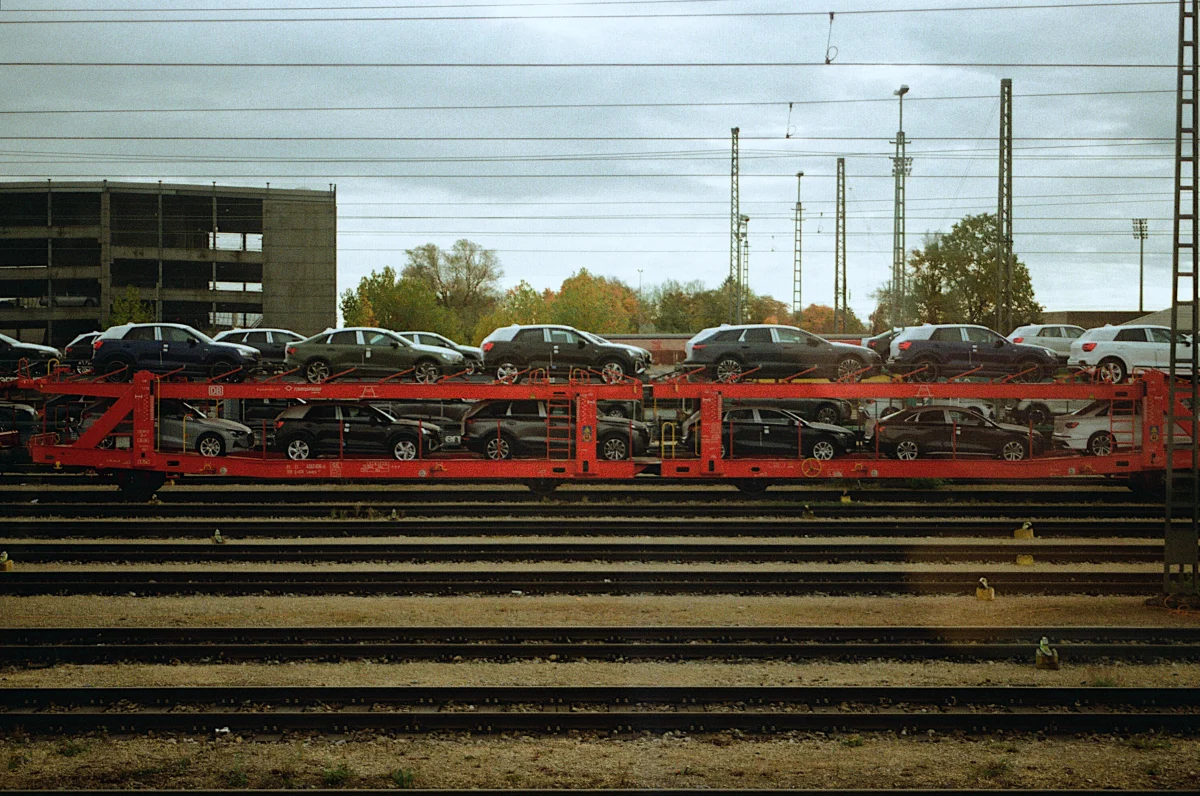
At a time when capitalism had not yet gone completely crazy, planned obsolescence was still a joke, homogenization wasn’t even a topic, each and every product still had its soul, instead of being treated as a money printing machine by the companies. It was also the same time, when the customers still knew how to cherish their belongings, and disposable products were still a niche in the low-end market instead of a wide-spreaded culture, and the old saying “buy cheap, buy twice” was still true. The products from that time are usually designed more carefully, last longer, and also carry more stories with them.
The philosophy behind those vintage products is aligned with my values too. I tend to keep using one thing for a long time, instead of regularly purchasing new stuff and disposing the old one. It is not only out of aesthetic or economical reasons, but the products that I own will slowly grow onto me, slowly creating a connection with me, carry the stories about me. This connection is exactly what I was always looking for.
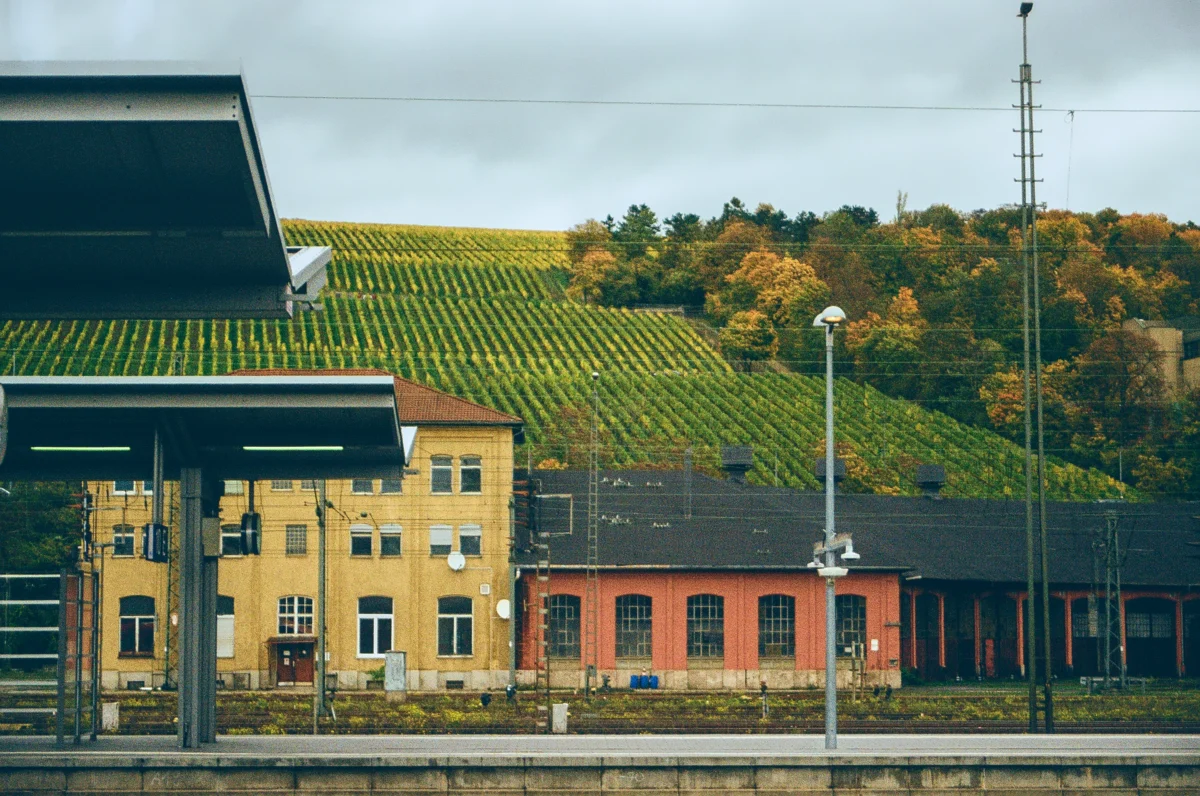
It is not only the old product itself that attracts me, but also the interaction with the old products makes me more than ever associated with what I’m doing, for the reason that most of the old products are completely manual. It is just like I love drawing and writing with pen and ink too, and I like reading the paperback book. The inconvenience of the old products is sometimes bad for the final result, but always makes immense fun while working with them. It slows me down, and leaves me all by myself, so that I have the time and the mood to look directly into my own head and own heart.
At the dawn of the AI era, when human-beings were encouraged to be detached from individual thoughts and authentic creation for better results and higher yield, I think the old products are exactly what I need the most. Because I value independence, creativity and authenticity.
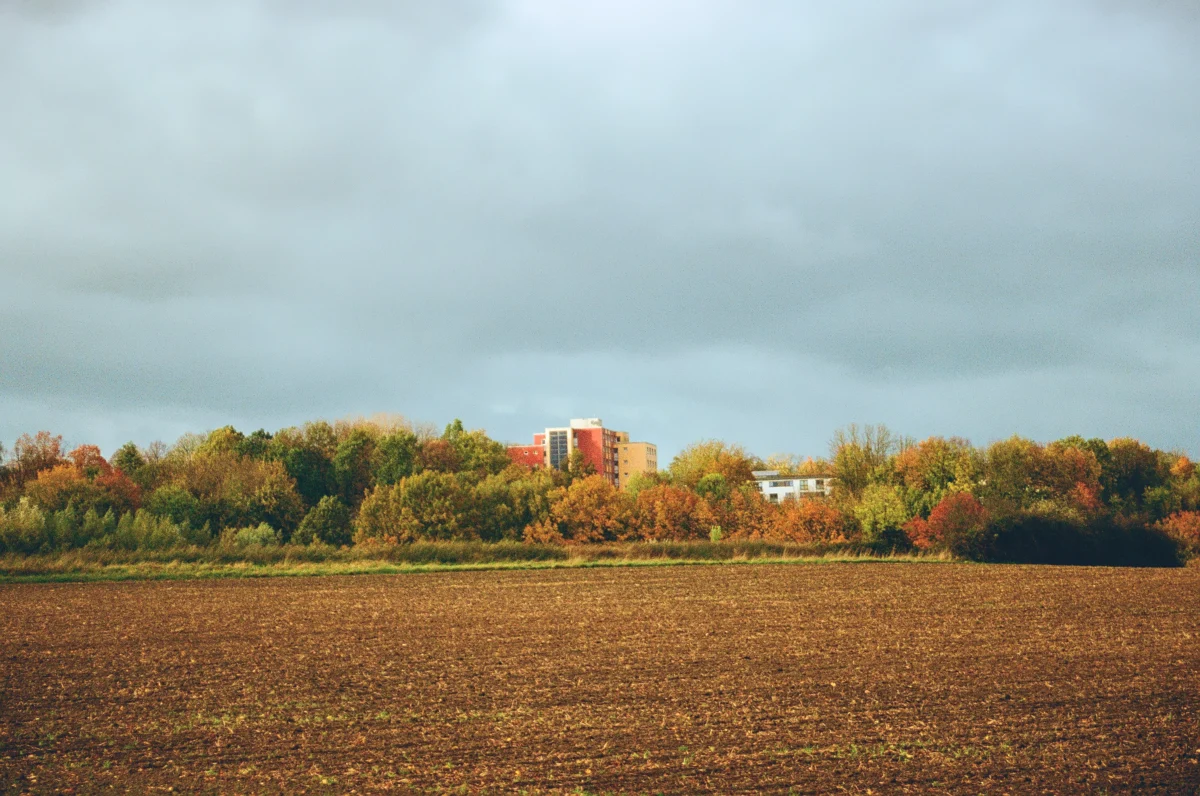
I will definitely continue shooting films, I’m sort of addicted to it now. I already ordered 3 new rolls of Kodak Ultra Max 400, and a second-handed Canon EF 28mm – 105mm / 3.5 – 4.5 / USM objective. I’m already looking eagerly forward to capturing more lights with the new combination now.

